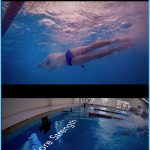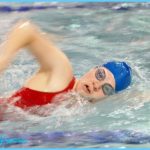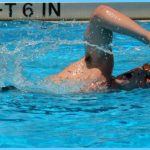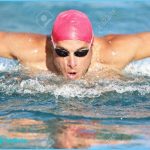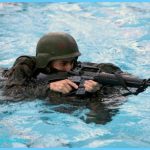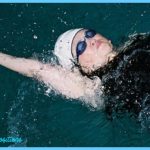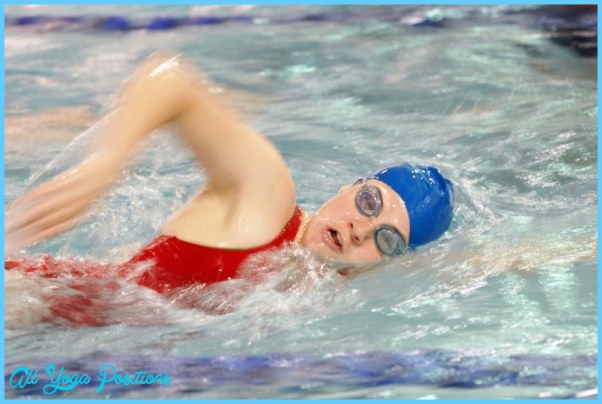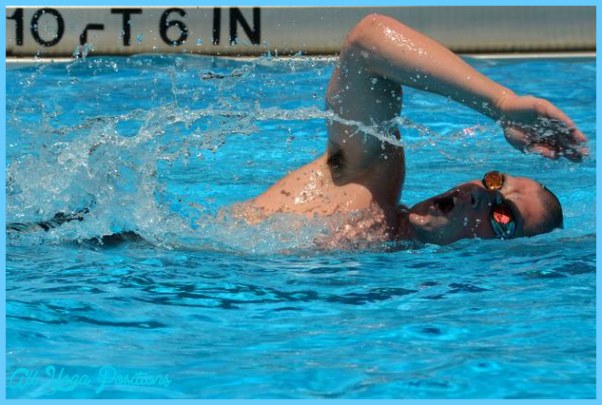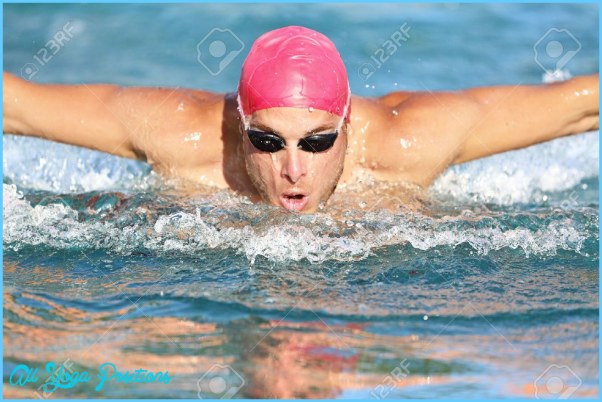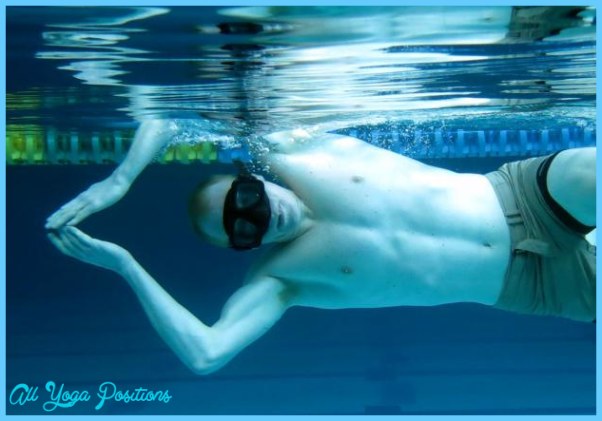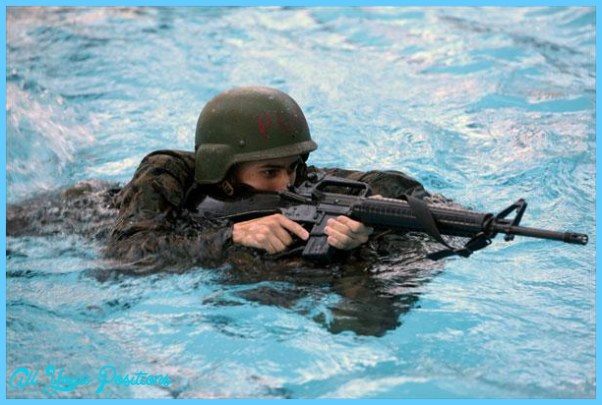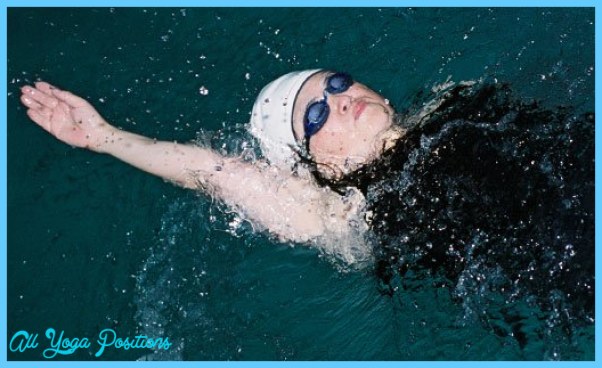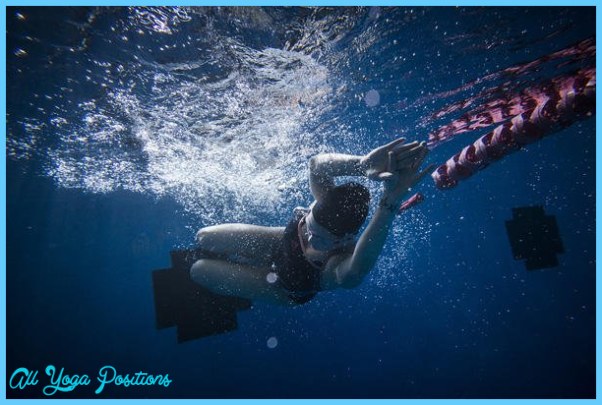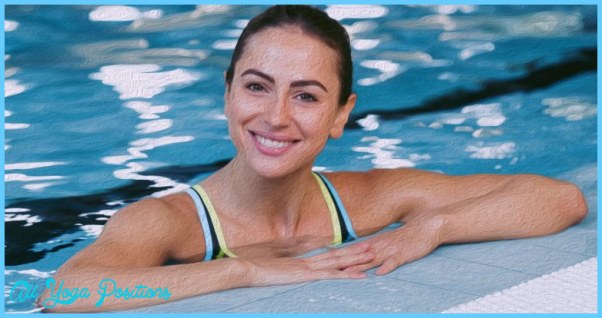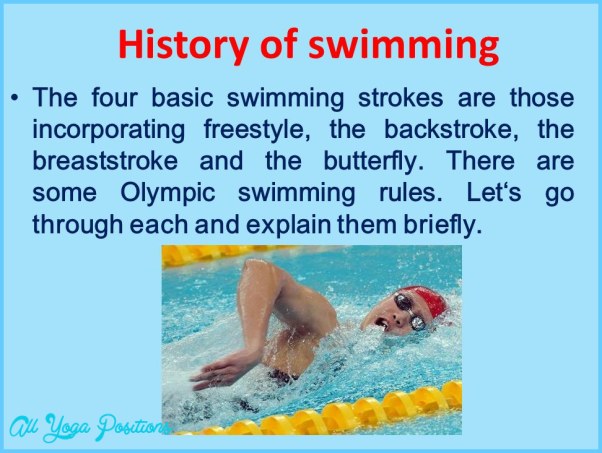The Basic Swimming Strokes for General Conditioning
The best strokes for conditioning are the freestyle and side-stroke. Competitive athletes also swim the breaststroke, butterfly, and backstroke (but not the sidestroke). Learning efficient swimming strokes helps increase enjoyment and results in better workouts. Take a class from the Red Cross, local recreation department, or private coach if you are not a strong swimmer or need help with the basic strokes.
Freestyle: While freestyle technically includes any unregulated stroke (such as the sidestroke), it generally refers to the front (Australian) crawl or overhand stroke. Freestyle is the fastest stroke and is best for general conditioning. Swim this stroke in a prone (face-down) position with arms stretched out in front and legs extended to the back. Move through the water by pulling first with the right arm and then with the left, while performing a kicking motion generated from the hips. During the stroke, rotate the thumb and palm 45 degrees toward the bottom of the pool. Pull in a semicircle downward toward the center of the body with the elbow higher than the hand. When the hand reaches the beginning of the ribcage, push the palm backward underneath the body as far as possible. Don’t begin to stroke with the other hand until the first stroke is completed. Maximize the distance with each stroke by pulling fully and maintaining good posture.
The Basic Swimming Strokes for General Conditioning Photo Gallery
The crawl uses a flutter kick, which involves moving the legs alternately with the force generated from the hips and a slight bend of the knees. Maintain a neutral spine during the stroke. A strong kick is important to minimize body roll during the stroke. For this reason, some of your training should include kicking without using the arms.
Breathing is almost always a problem for novice swimmers. Don’t hold your breath! You will fatigue rapidly if you have poor air exchange during swimming. Breathe by turning the head to the side of a recovering stroke. Do not lift the head out of the water. Exhale continuously through the nose and mouth between breaths. Beginners should breathe on the same side following each stroke cycle (left and right arm strokes).
Sidestroke: Even novices can get a good workout with minimal skill using the sidestroke. This is a good choice for beginners because you keep your head out of water and can swim great distances without fatigue. Lie in the water on your right side and stretch your right arm and hand in front of you in the direction you want to swim and place your left hand across your chest. Draw your right arm toward you, pulling at the water until your hand reaches your waist. At the same time, make a scissors kick with your legs. Repeat the stroke as your forward speed slows. Swim half the distance on your right side and the rest on your left side.

